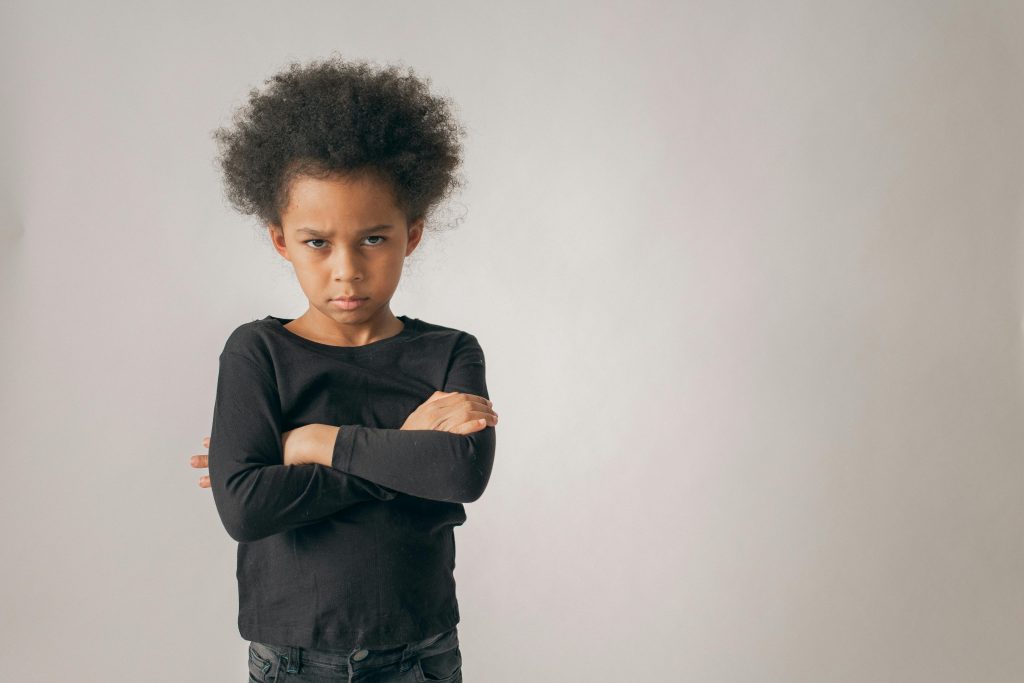
You’re in the supermarket, and your child is sprawled on the floor, wailing because you picked the wrong yoghurt. Strangers glance over. You feel embarrassed, frustrated, maybe even helpless. But what if, instead of asking “Why are they acting like this?”, we paused to ask “What’s happening in their brain right now?”
Understanding a child’s behaviour through the lens of brain development changes everything. What looks like defiance is often just biology in action — a young brain still learning how to cope with the world.
The Brain Under Construction
Children aren’t miniature adults. Their brains are still under construction — and the parts responsible for emotional control, impulse management, and reasoning are some of the last to fully mature.
The prefrontal cortex, often called the “upstairs brain,” governs logic, decision-making and self-regulation. But in young children, it’s still developing. Meanwhile, the “downstairs brain”, including the amygdala and brainstem, is already active and reactive. It’s responsible for detecting threats and launching fight, flight, or freeze responses.
When a child is overwhelmed by a loud noise, a sudden change, or simply fatigue, their downstairs brain takes charge. The upstairs brain goes offline. This is why your child can go from calm to chaos in seconds, and why reasoning doesn’t work mid-tantrum. They’re not trying to give you a hard time. They’re having a hard time.
Tantrums: A Brain in Overload
A tantrum is often a sign that a child’s nervous system is overloaded. Their immature brain can’t yet regulate the rush of feelings, frustration, disappointment, overstimulation, flooding their system.
During these moments, stress hormones like cortisol surge. The amygdala, which acts like an emotional alarm bell, goes off. The child isn’t choosing to be difficult; they’re biologically incapable of calming down without support.
That’s where co-regulation comes in.
Co-Regulation Before Self-Regulation
Young children rely on the adults around them to regulate their emotions. This process, known as co-regulation, is the precursor to self-regulation.
When a caregiver responds with calm, predictable support, not punishment or panic, the child’s brain learns that it’s safe. Over time, these repeated experiences lay the foundation for internal emotional regulation. Think of it as borrowing your calm until they develop their own.
On the other hand, environments that are chaotic, dismissive, or emotionally unavailable can wire the brain for hypervigilance or shutdown. Early experiences shape the brain’s stress response systems. Feeling safe isn’t just a luxury – it’s a biological need.
Trust Builds Brains
This is where trust and attachment come into play. When a child consistently experiences warmth, responsiveness, and connection from their caregiver, they build secure attachment — a key protective factor in brain development and emotional wellbeing.
Through “serve and return” interactions, like shared laughter, soothing words, and eye contact, the child’s brain builds and strengthens the neural pathways involved in communication, empathy, and emotional regulation.
These moments may seem small, but they’re powerful. Every time you stay present during a meltdown, offer a hug after a hard moment, or name an emotion for your child, you’re wiring their brain for resilience.
From Reactivity to Relationship: Practical Tips
Here are some simple, brain-informed ways to support your child’s behaviour:
Regulate yourself first. Children absorb your nervous system state. A calm adult helps a child return to calm.
Validate feelings. “You’re upset because we had to leave the park. That’s really hard.” This helps the child feel seen and understood.
Set boundaries with compassion. Being brain-informed doesn’t mean permissive parenting. Limits matter, but so does how they’re delivered.
Teach emotional language. Help your child name what they feel: “You’re frustrated,” “That was surprising,” or “You’re really excited!”
These strategies don’t make the challenging moments disappear, but they do help your child recover faster, learn over time, and feel secure in their relationship with you.
Behaviour Is Biology
Children’s behaviour isn’t random — it’s rooted in the structure and function of their developing brain. Tantrums aren’t manipulative. Defiance isn’t always deliberate. Often, these are simply signs that a child’s brain is doing its best with the tools it has.
When we understand the neuroscience behind behaviour, we shift from reacting in frustration to responding with empathy. And in doing so, we help our children build not only better behaviour, but better brains.
